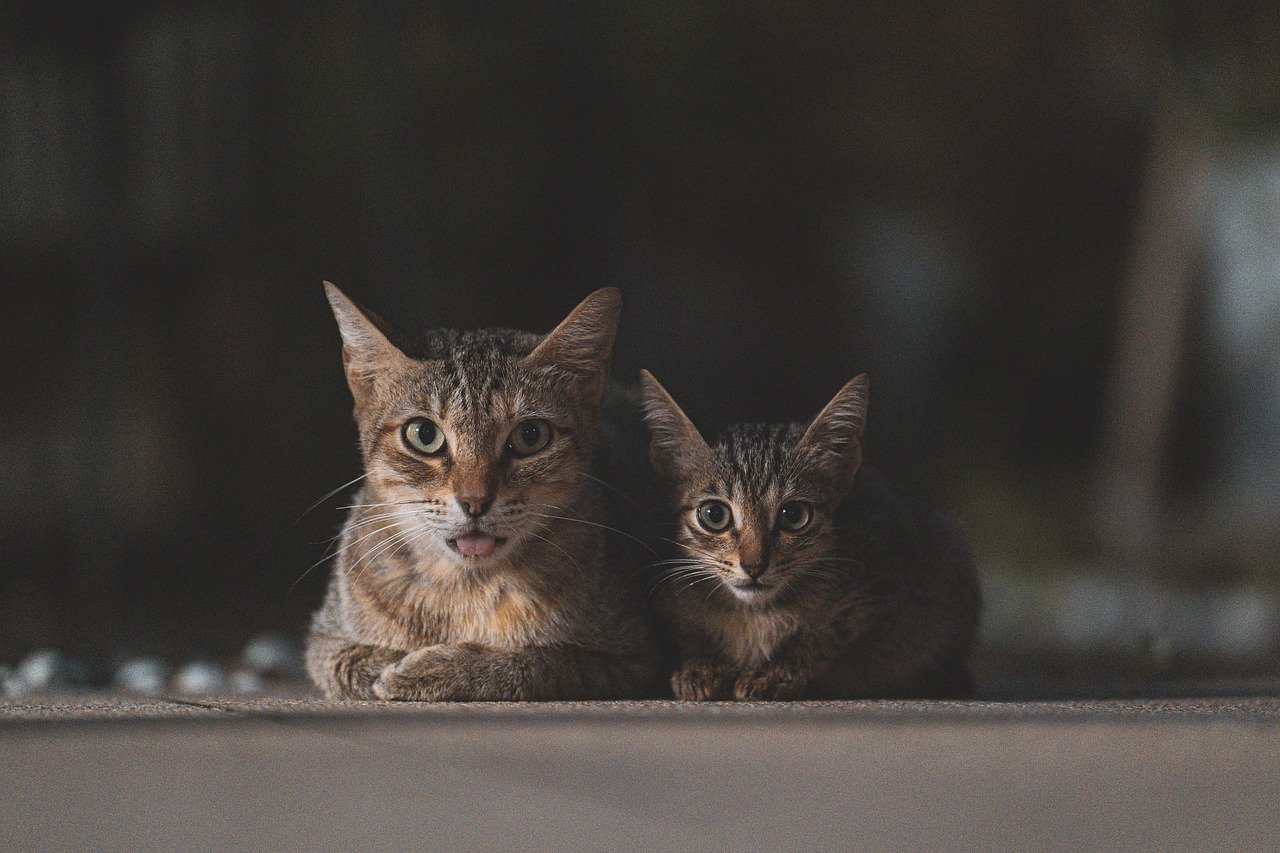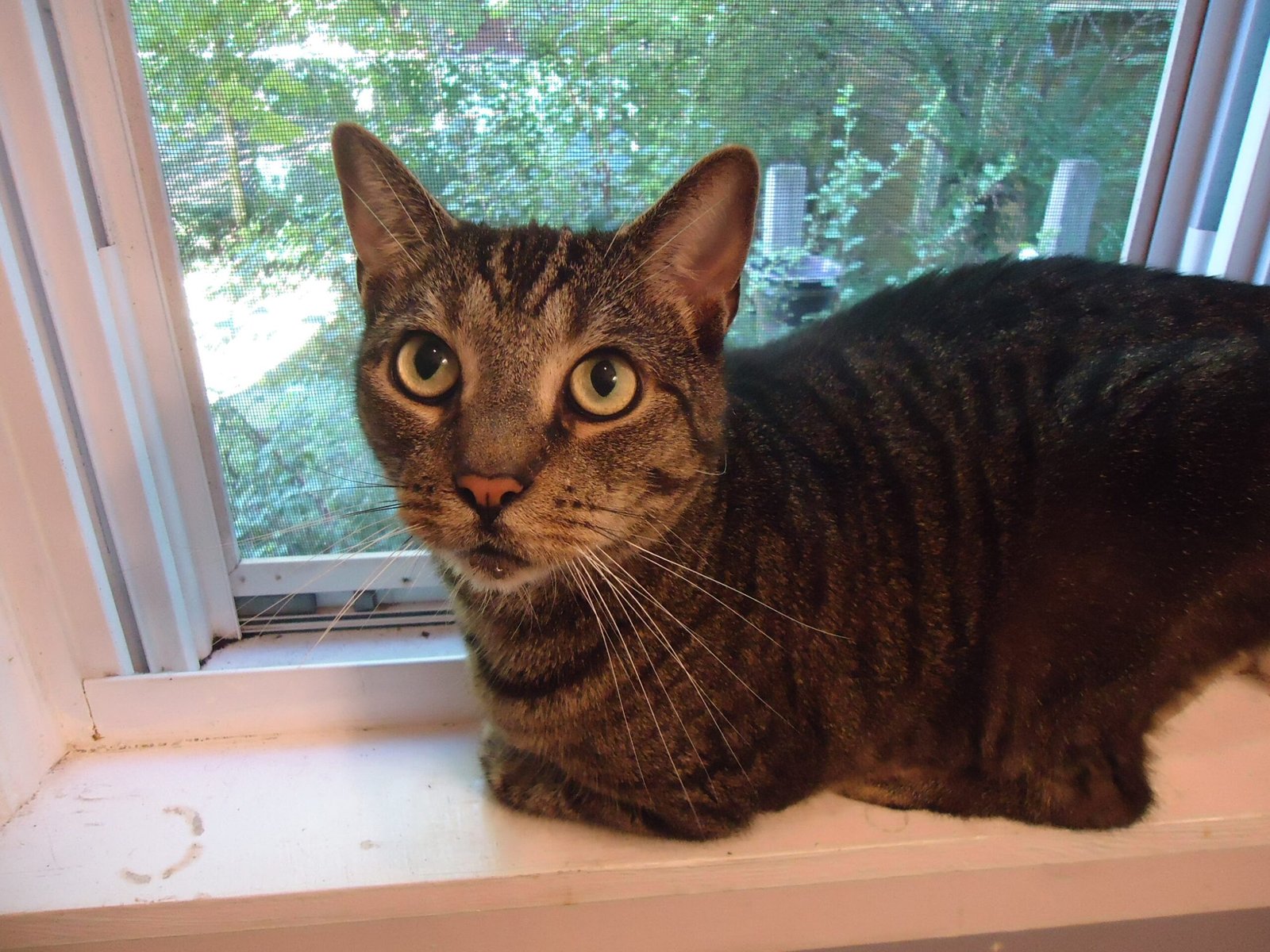Have you ever watched a cat tiptoe into a strange room, wide-eyed and uncertain, only to melt into a purring ball of fluff weeks later? The journey of a cat settling into a new home is nothing short of heartwarming, yet it’s a path paved with delicate emotions and hidden feline fears. For every enthusiastic cat parent, understanding how to nurture a cat’s emotional security isn’t just an act of kindness—it’s the secret to forging a lifelong bond. Let’s unravel the many ways you can help your new feline friend feel truly at home, safe, and deeply grounded.
The Power of First Impressions

When a cat enters its new home for the first time, the initial moments are critical. The unfamiliar smells, sights, and sounds can be overwhelming, making your cat feel anxious or skittish. Creating a calm environment right from the start can make a world of difference. Keep noise levels low, and avoid sudden movements or loud introductions. Allow your cat to explore at its own pace, giving it space if it wants to hide. These first impressions set the emotional tone for days to come. Think of it as rolling out a gentle welcome mat, inviting trust from the very start.
The Magic of Scent Familiarity

A cat’s nose is its guide, and familiar scents are its anchor. To help your cat feel emotionally grounded, surround it with scents that remind it of safety. You can use items from its previous home, such as a favorite blanket or toy, to sprinkle familiar smells around the new space. Rubbing a soft cloth on your cat and then on furniture can help transfer comforting scents, too. This simple act reassures your cat that it’s not alone in a foreign land. Scent bridges the gap between old and new, making a new house feel like home.
Safe Spaces: Creating a Hideaway

Cats instinctively seek out safe, enclosed spaces when they feel nervous. Providing a cozy hideaway, like a covered bed or a cardboard box tucked in a quiet corner, lets your cat retreat whenever the world feels too big. This “base camp” serves as a sanctuary where your cat can observe, rest, and slowly build confidence. Make sure this space is always accessible, free from foot traffic and noise. Over time, you’ll notice your cat venturing further, knowing it can always return to its safe haven. It’s a little like giving your cat its own secret fort.
The Importance of Consistent Routines

Cats thrive on predictability, and a steady routine is a powerful source of emotional security. Feeding your cat at the same times each day, maintaining regular play sessions, and sticking to a bedtime routine all help your cat know what to expect. This consistency reduces anxiety and builds trust. When the world outside is unpredictable, these daily rituals become comforting anchors. Even small routines, like a morning greeting or evening cuddle, can mean the world to a cat who’s still finding its place.
Gentle Introductions to Family Members

Meeting new people, whether they’re adults, kids, or other pets, can be intimidating for a new cat. Introduce family members one at a time and let your cat set the pace. Encourage everyone to be quiet and gentle, using soft voices and slow movements. Give your cat the opportunity to approach or withdraw as it pleases. Positive associations, like treats or toys, can sweeten these early encounters. Gradual introductions build your cat’s confidence and help it feel secure in its new social circle.
Respecting Their Need for Independence

Cats are famously independent creatures, and respecting their personal space is crucial. Don’t force attention or affection—let your cat come to you when it’s ready. Watch for body language cues, like flattened ears or a swishing tail, which signal a need for distance. Giving your cat control over when and how it interacts fosters a sense of security and trust. Over time, your patience will be rewarded as your cat chooses to spend more time with you on its own terms.
Positive Reinforcement and Building Trust

Rewarding your cat for calm behavior helps it associate its new home with good things. Use treats, gentle praise, or playtime whenever your cat explores, uses the litter box, or interacts with family members. Avoid punishment, as it can create fear and mistrust. Positive reinforcement builds your cat’s confidence and strengthens your bond. Every small success is a step toward a grounded, happy cat. Just like people, cats blossom with encouragement and kindness.
Understanding Cat Body Language

Learning to read your cat’s body language is essential for supporting its emotional well-being. Watch for signs of stress, like crouching, wide eyes, or a tucked tail, and respond with patience and understanding. On the flip side, relaxed ears, slow blinks, and a softly swishing tail are signs your cat is beginning to feel at ease. Tuning in to these subtle signals helps you adjust your approach, making your cat feel truly seen and understood. It’s like learning to speak your cat’s secret language, one gesture at a time.
Enrichment: Toys, Scratching Posts, and Play

Mental stimulation is key to a cat’s happiness in a new home. Provide a variety of toys—feather wands, balls, puzzle feeders—and rotate them to keep things fresh. Scratching posts and climbing trees satisfy natural instincts and give your cat appropriate outlets for energy. Scheduled play sessions help your cat burn off nervous energy and strengthen your bond. Enrichment isn’t just about fun; it’s about giving your cat a sense of purpose and belonging in its new environment.
Quiet Time and Calming Sounds

Sometimes, the best way to help a cat feel grounded is to offer quiet companionship. Soft music or gentle, soothing sounds can help mask unfamiliar noises that might unsettle your cat. Consider using a white noise machine or playing classical music during times of stress. Sitting quietly in the same room, reading or working, gives your cat the opportunity to observe and get used to your presence without pressure. These peaceful moments build trust and reassure your cat that it’s safe.
The Comfort of Familiar Foods

Keeping your cat’s diet consistent during the first few weeks in a new home can help prevent digestive upsets and reduce stress. Offer the same food your cat was eating before the move, gradually introducing new options if desired. Mealtimes become a reassuring part of the daily routine, signaling stability and care. Avoid sudden changes in diet, as these can cause discomfort and anxiety. Food is more than nutrition; it’s a daily reminder that your cat is cherished.
Windows and Perches: Watching the World Go By

Cats love to observe their surroundings from a safe vantage point. Providing window perches or cat trees near a window lets your cat watch birds, cars, and people, offering endless entertainment. These high-up spots also serve as safe retreats, giving your cat control over its environment. Watching the world go by from a cozy perch can be both calming and stimulating. It’s a simple pleasure that helps your cat feel more at home in its new territory.
Introducing Other Pets Carefully

If you have other animals, take introductions slowly and thoughtfully. Keep your new cat in a separate room at first, allowing the pets to sniff each other under a door or through a baby gate. Gradually increase their time together, supervising closely for signs of stress or aggression. Use scent swapping—rubbing a cloth on one pet and then the other—to help them get used to each other’s presence. Patience is key; building peaceful relationships takes time, but it’s worth it for a harmonious home.
Routine Health Checks and Vet Visits

A healthy cat is a happy cat. Schedule a veterinary checkup soon after bringing your new cat home to rule out any health concerns. Keep up with vaccinations, parasite prevention, and dental care. Knowing your cat is in good health brings peace of mind for both of you. Regular grooming and nail trims also help your cat feel cared for and comfortable. Health routines become another familiar rhythm in your cat’s new life.
Minimizing Stressful Triggers

Identify and minimize stressors in your home, such as loud noises, strange visitors, or sudden changes in routine. Use calming pheromone diffusers or sprays to help create a soothing environment. If possible, introduce new experiences—like vacuuming or visitors—gradually, so your cat can acclimate without fear. Reducing stress helps your cat relax and settle in more quickly. A calm home is the foundation for emotional security.
Sharing Quality Time Together

Spending time together doesn’t have to mean constant interaction. Simply being present—reading, watching TV, or working nearby—can help your cat feel included and safe. Gentle petting, slow blinks, or soft words reassure your cat that you’re a reliable source of comfort. Over time, these shared moments become the glue that bonds you. The more you invest in quiet companionship, the deeper your connection will grow.
Honoring Your Cat’s Unique Personality

Every cat is an individual, with its own quirks, preferences, and fears. Some cats will settle in quickly, while others need weeks or even months. Pay attention to what makes your cat happy or anxious, and adjust your approach accordingly. Celebrate your cat’s unique traits—whether it’s a love of climbing, a passion for lap cuddles, or a preference for solitude. Letting your cat’s personality shine is key to helping it feel truly at home.
Using Calming Products and Natural Remedies

If your cat seems especially anxious, consider using calming products designed for pets. Pheromone sprays, diffusers, or calming collars can help ease nerves. Some cat owners find that natural remedies, such as herbal supplements or soft music, make a difference. Always consult with a veterinarian before introducing new products. These tools can be a gentle way to support your cat’s emotional adjustment during the early days in a new home.
Celebrating Small Victories

Notice and celebrate each step your cat takes toward feeling at home, no matter how small. The first time it explores a new room, uses the litter box confidently, or accepts a treat from your hand is a milestone. Mark these victories with gentle praise or a favorite toy. Recognizing progress boosts your cat’s confidence and strengthens your bond. Progress may be slow, but each achievement is a sign your cat is settling in.
Patience: The Heart of Emotional Grounding

Above all, patience is the most important gift you can give a new cat. Adjusting to a new home is a big change, and every cat moves at its own pace. Resist the urge to rush or force interactions. Instead, offer steady support, understanding, and love. With time, your cat will begin to trust you and feel secure in its new surroundings. The journey may have ups and downs, but your patience will be rewarded with a deeply grounded, happy cat.
The Joy of a Grounded Cat

When a cat finally feels emotionally grounded, the transformation is profound. You’ll notice more purring, playful antics, and affectionate head-butts. Your cat will move with confidence, exploring its territory and seeking out interaction. The once-nervous newcomer becomes a cherished family member, bringing warmth and joy to your home. The journey to this point is filled with small steps and quiet victories, but the result is a bond like no other.
Hi, I’m Bola, a passionate writer and creative strategist with a knack for crafting compelling content that educates, inspires, and connects. Over the years, I’ve honed my skills across various writing fields, including content creation, copywriting, online course development, and video scriptwriting.
When I’m not at my desk, you’ll find me exploring new ideas, reading books, or brainstorming creative ways to solve challenges. I believe that words have the power to transform, and I’m here to help you leverage that power for success.
Thanks for stopping by, Keep coming to this website to checkout new articles form me. You’d always love it!






